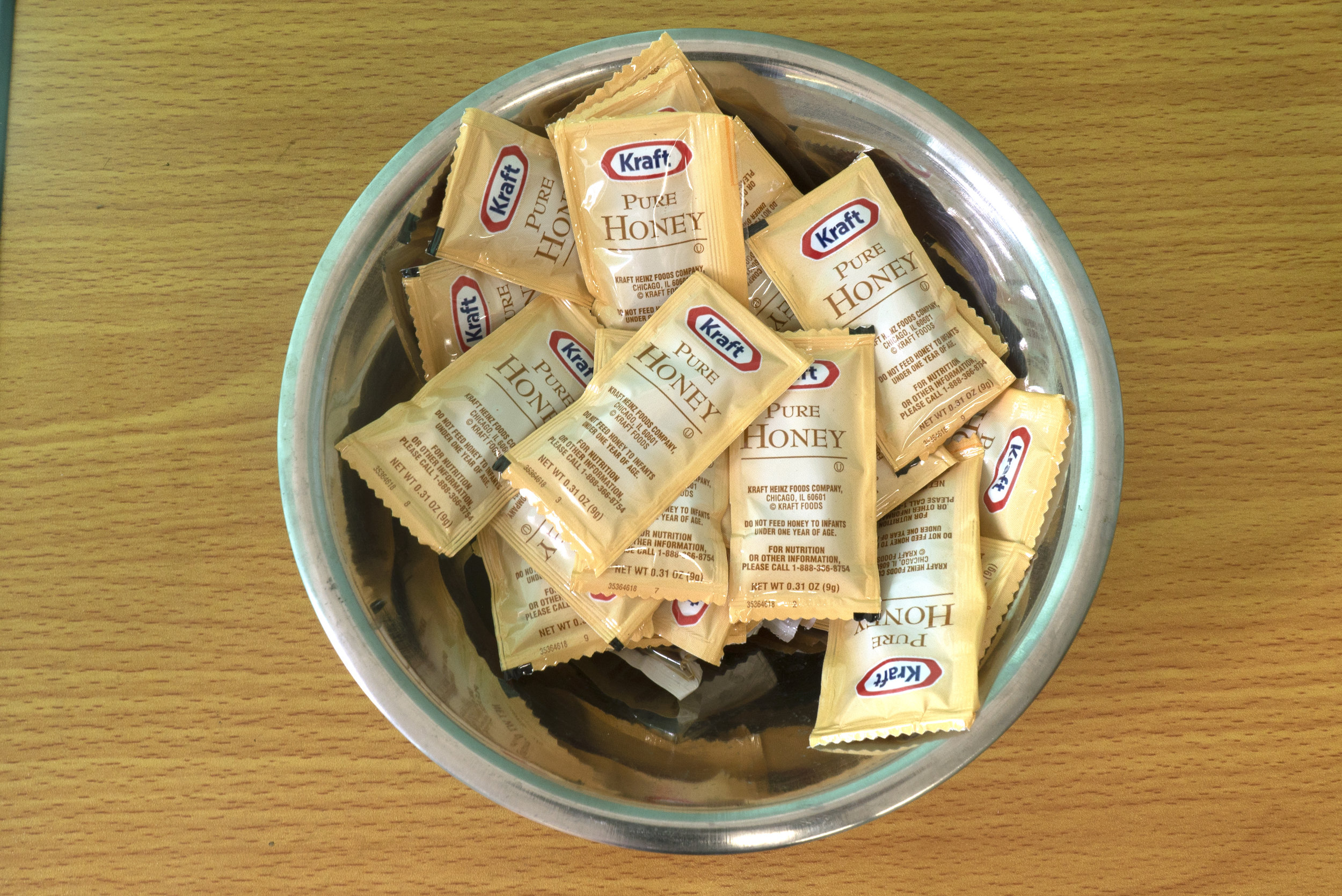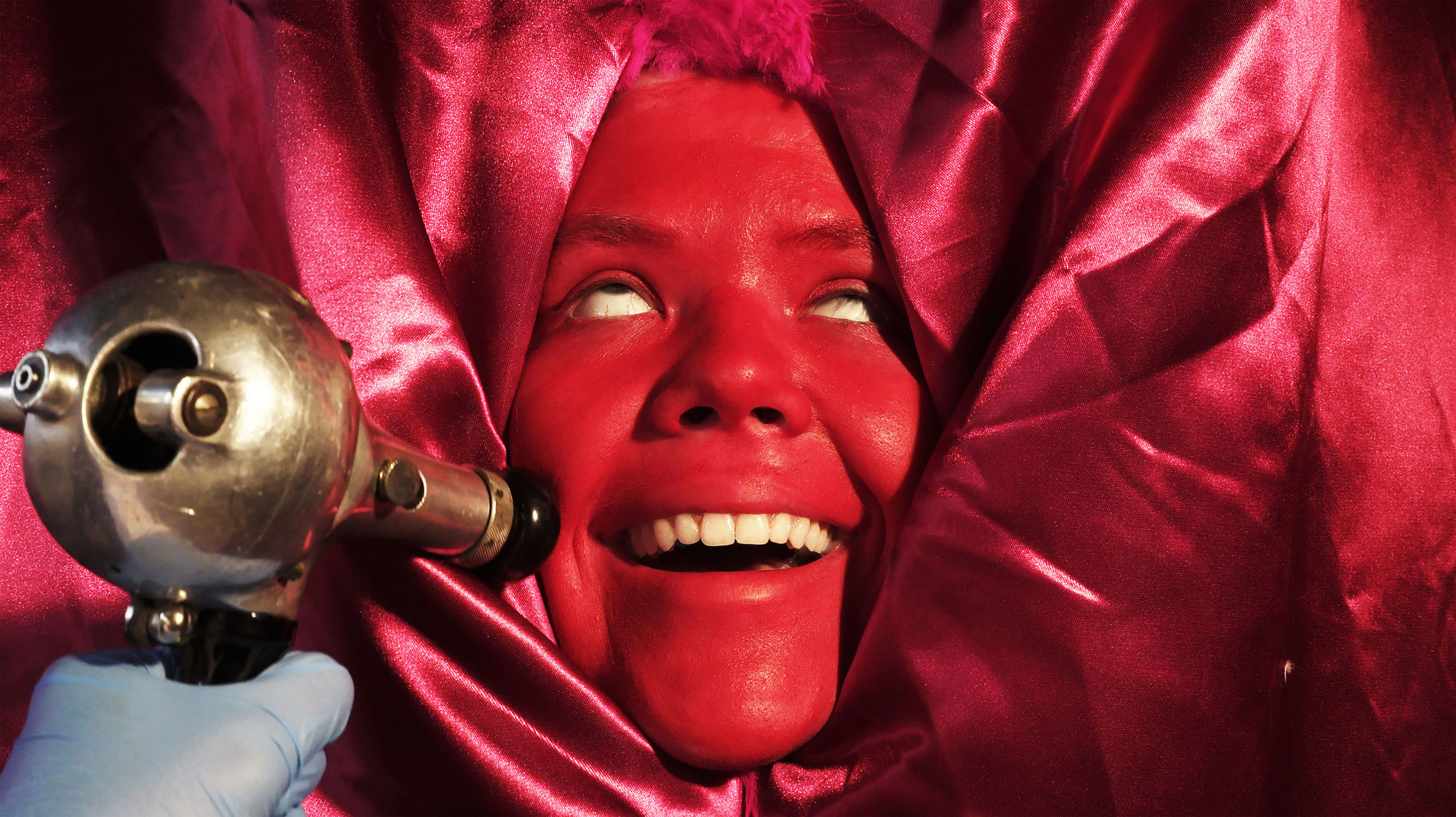Video Installation, 2018
BFA Senior Thesis Exhibition


















"In the middle of the flanks of women lies the womb, a female viscous, closely resembling an animal; for it moves itself hither and thither iN the flanks, also upwards in a direct line to below the cartilage of the thorax, and also obliquely to the right or to the left, either to the liver or the spleen; and it likewise is subject to prolapsus downwards, and, in a word, it is altogether erratic. It delights, also, in fragrant smells, and advances towards them; and it had an aversion to fetid smells and flees from them; and, on the whole the womb is like an animal within an animal.”- Plato
When was it that the world decided women were the crazy ones? Women have been labeled as crazy because mental illness and femininity have been defined and codified by men who somehow convinced the western world that having a uterus makes you troubled. Medical institutions have associated femininity with pathology and performance for centuries. The Pelvic Theatre describes the act of going to the gynecologist as a theatrical experience: the chair, sheet and instruments are the props and the doctor and patient are the actors. The act of putting one’s privates on display is a great performance, as is the History of Hysteria.
The Pelvic Theatre Presents the History of Hysteria tells the 4,000 year history of Hysteria as a female malady, traveling through the annals of medical lore. Hysteria as a medical disease dates back to Hippocratic medicine in Ancient Greece during the 5th century and stems from the Greek word for ‘Uterus’ Hystera. The history of hysteria is a physiological performance turned psychological, beginning with the theory of the ‘Wandering Womb.’ It was believed that insufficient sexual intercourse and failure to bear children caused the uterus to become displaced and the retention of bodily fluids, resulting in a variety of life-threatening and debilitating physical symptoms. Doctors used many different invasive treatments such as potions, perfumes, vapor baths, fire, leeches, and bloodletting to treat the wandering womb and purge the body of venomous fluids. Later methods such as hydrotherapy and hand genital massages were the predecessors to the first vibrator, invented in 1880. Genital massages were performed to bring the hysterical woman to “paroxysm” (the medical term for ‘orgasm’) via clitoral stimulation. This was viewed as solely a medical treatment as sexual pleasure was reserved for vaginal intercourse with one’s husband. The only permanent cures for Hysteria were sexual intercourse and childbearing, which reinforce traditional female roles as wives and mothers.
The hysterical woman throughout history acts as a pantomime of mental illness. The language and visuals used to describe hysteria, from Plato’s writings on the wandering womb to the photos of bodily contortions of asylum patients, demonstrate how the connection between madness and female sexuality has been constructed. The creation and use of theatrical sets, costumes, and props emphasize the pseudo-medical, quasi-scientific inventiveness of the disease. Using humor and absurdity I perform as the wandering womb, clitoris, patient, doctor, and psychoanalyst, acting out the methods used to treat hysteria from a critical perspective, resultantly subverting and discrediting them. The female body has long been treated as a spectacle for male pleasure, meant to be sexualized and not sexual. By performing as the male and female characters, and female anatomy, I reclaim the scientific male gaze and shift point of view to challenge contemporary female stereotypes.
By using video to document my own hysterical performances I am contributing to the canon of representation of the hysterical woman. Photography was key in the legitimization and documentation of hysteria as a disease and contributed to the image of the hysterical woman, which can still be seen in popular culture today. Throughout the video I reference late 19th century photographs and drawings from the Salpetriere Asylum in France. Jean-Michel Charcot, a French neurologist, physician and key player in the creation of the symptomatology of hysteria had a group he called the “Hysterics” who would perform the symptoms of hysteria for the camera and audiences in grand medical halls. The use of photography brings into question what is real versus staged and whether figures like Charcot were cultivating or curing female hysteria.
In the gallery I installed hospital curtains to create a space that is both medical and theatrical. The viewer is welcome to sit in the gynecologist chair as they watch the video, forcing them to take on a performative role in the space and helping them relate to the video content. The audio combines different “mad scenes” from female opera solos, and fills the space, creating a theatrical experience for the viewer within the gallery and the world of the video.
While this history may seem absurd and fictitious, it has undoubtedly shaped our contemporary practice of gynecology, marketing of feminine hygiene products such as douches, intimate perfumes, vaginal steaming, and definitions of femininity and female nature. The negative association between female physiology and women’s mental health continues to be used to argue male superiority and women’s inability to perform at higher levels in society. Considering the history of hysteria and western medicine in general have been largely documented by men, the intention behind this project was to retell and reconstruct this narrative through a critical, feminist lens- addressing how our androcentric, cisgender and heteronormative model of sexuality has come to exist. This history demonstrates that the trivialization and pathologization of the female body and mind is inherent in western medical practices. Through this project I am investigating where our narrow cultural views and definitions of femininity originated and how they oppress women from puberty through menopause, and women who do not fit the traditional cis-hetero female archetype. The solution is clear: take your pleasure into your own hands.














